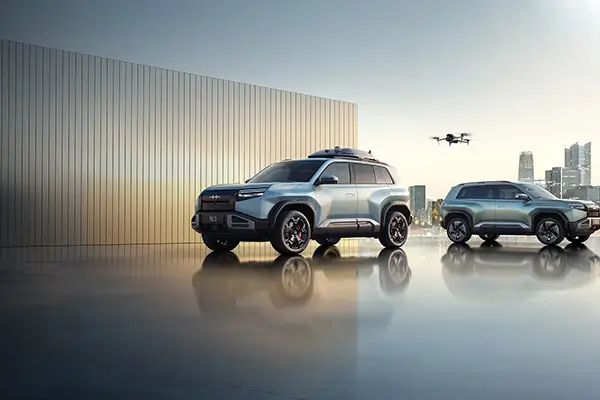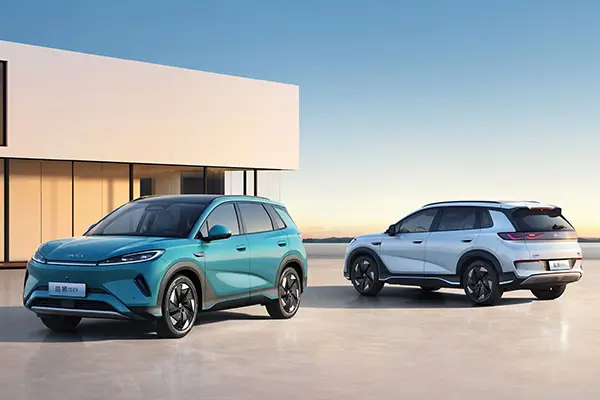Contents



sedan
electric

A

151
151
151
151
151
151
151
151
151
151
151
151
166
166
166
166
166
166
166

304
304
304
304
304
304
304
304
304

314
314
314
314
314

323
323
323

874
874
874
874
B

327
327
327
327
327
327
327
327
327
327
327
327
327
327
327
327
327
327
327
327
327
327
327
327
327
327
327

726
726
726
726
726
726
726
726
726
726

753
753
753
753
753
753
753
753
753
753
753
753
753
753

781
781
781
781
781
781
781
781
781
781
781
781
781

795
795
795

C

628
628
628
628
628
628
628
628
628
628
628
628
628


887


607
607
607
607
607
607
607
607
607
607
607
607
607
607
607
607
607
607
607
D




F

566
566
566
566
566
566
566
566
566
587
587
587
587
587
587
587
587
587




G

455
455
455
455
455
455
455
455
455
455
473
473
473
473
473
473
473
473
473
473
473
473
473
473
473
473

H

522
522
522
522
522
522
522
522

551
551
551
551
551
551
551
551
551
551
551
551
551
551
551
551
578
578
578
578
578
578
578
578
578
578
578
578
578
578
578
578
578




I


J

768
768
768
768
768

851
851
851
851





K

738
738
738
738
738
738
738


L






394
394
394
394
394
394

810
810
810
810
810
810
810
810
810
810
810
810
810

410
410
410
410
410
M




856
856
856
856
856

N

799
799
799
799
799
799
799
799
799
799

877
877
877
877
877
877
877
877
877

P


R


S




T

697
697
697
697
697
697
697
697
697
697
697
709
709
709
709
709
709
709
709
709
709
709
709
709
709
709
709


512
512
515
515
515
515

542
542
542
542
542
542
542
542
V

654
654
654
654
654
654
654
654
654
654
654
654
654
654
654
654
671
671
671
671
671
671
671
671
671
671
671
671
671
671
671
671
671
671
671

411
411
411
411
411
411
411
411
411
411
411
411
411
462
462
868
868
868
868

692
692
692
692
W


825
825
825
825
825
825
825
825
825
825
825
825
825
825
825
825
825
825
825
825
825
825
825
825
825
X

774
774
774
774
774
774

894
894
Y

Z




401
401
401
401
401
401
401
401
401
401
 Used Car
Used Car
 Truck
Truck
 Product classification
Product classification

Self-driving cars, powered by advanced intelligent driving technologies, are reshaping the future of transportation. From AI-driven navigation to real-time traffic adaptation, these vehicles promise enhanced safety, efficiency, and convenience. However, reliability remains a major concern for potential users and industry experts. Are self-driving cars truly dependable in real-world conditions? This article explores the reliability of autonomous vehicles, the advancements in intelligent driving systems, and the challenges that still need to be addressed.
Intelligent driving relies on artificial intelligence (AI), machine learning, sensors, and connectivity to operate vehicles with minimal human intervention. This technology integrates real-time data analysis, object recognition, and automated decision-making to enhance safety and efficiency. Companies like Tesla, Waymo, and Xiaomi are investing heavily in improving the accuracy and adaptability of intelligent driving systems.

The journey of self-driving cars began with basic driver-assist features such as cruise control and lane-keeping assistance. Over time, innovations in AI, radar, LiDAR, and computer vision have propelled autonomous driving to new levels. Modern self-driving vehicles are now equipped with sophisticated software capable of handling complex urban traffic scenarios.
Autonomous driving is categorized into six levels (0-5), defined by the Society of Automotive Engineers (SAE):
Level 0: No automation; full human control.
Level 1: Basic driver assistance (e.g., adaptive cruise control).
Level 2: Partial automation (e.g., lane-centering, automatic braking).
Level 3: Conditional automation (e.g., hands-off driving under specific conditions).
Level 4: High automation (e.g., self-driving in limited areas).
Level 5: Full automation (e.g., no human intervention required).
Most self-driving cars today operate at Level 2 or Level 3, while companies are working toward Level 4 and 5 capabilities.
Self-driving cars have demonstrated impressive reliability in controlled environments. However, in real-world conditions, challenges such as unpredictable human drivers, adverse weather, and complex traffic laws still pose risks. Despite significant progress, self-driving technology is not yet flawless and requires continuous improvement to achieve full reliability.

Studies show that autonomous vehicles have lower accident rates compared to human-driven cars. AI-driven systems react faster than humans, eliminating risks associated with distracted or impaired driving. However, high-profile incidents involving self-driving vehicles highlight the need for further safety enhancements and regulatory oversight.

Looking for well-made, quality trucks and cars?
Talenets can what you want.
Despite advancements, intelligent driving technology faces multiple challenges:
Sensor Limitations: LiDAR, radar, and cameras may struggle in poor weather conditions.
Ethical Dilemmas: Decision-making in unavoidable accident scenarios remains a moral debate.
Infrastructure Gaps: Intelligent driving relies on smart road infrastructure, which is still developing.
Cybersecurity Risks: Autonomous systems are vulnerable to hacking and data breaches.

Governments worldwide are implementing policies to regulate self-driving cars. While some countries allow autonomous vehicle testing, others impose strict guidelines to ensure safety. Regulatory frameworks must evolve alongside technological advancements to address liability issues and protect consumers.
Trust in self-driving technology varies among consumers. While tech enthusiasts embrace the innovation, others remain skeptical about its safety. Transparency in development, real-world testing, and public education are crucial to increasing acceptance of intelligent driving systems.
The future of self-driving cars looks promising, with breakthroughs in AI, 5G connectivity, and quantum computing expected to enhance performance. Companies are exploring vehicle-to-everything (V2X) communication, which allows autonomous cars to interact with infrastructure, pedestrians, and other vehicles for seamless navigation.

Need a truck or car?
While self-driving technology is advancing rapidly, full reliability is not yet guaranteed. It is best to view intelligent driving as an evolving innovation rather than a perfected solution. Consumers should stay informed about safety updates, regulatory changes, and the latest developments before fully relying on autonomous vehicles.
Are self-driving cars reliable? The answer is both yes and no. Intelligent driving technology has made remarkable progress, offering safer and more efficient transportation. However, challenges such as unpredictable road conditions, ethical concerns, and cybersecurity threats still need to be addressed. As AI continues to improve and governments establish clearer regulations, the reliability of self-driving cars will increase, paving the way for a fully autonomous future.
Ready to explore the latest in self-driving technology? Stay updated with the newest innovations in intelligent driving and make informed decisions about the future of transportation!

2026 Volkswagen Passat 380TSI “Outstanding Edition” Officially Launched
Read more
IM Motors Officially Launches the LS6
Read more
Fangchengbao Titanium 7 Officially Launched — Redefining the Mid-to-Large SUV Market
Read more
Stephen Rivers is a car enthusiast who loves all things built with passion, extending to nearly all car cul- tures. After obtaining an occupational studies degree in sports medicine, Stephen turned his attention to sports cars. He was employed as an auto shop manager, spent time in auto sales, and worked as a software developer for a racing company, but Stephen began writing about cars over 10 years ago. When he's not in front of a computer screen, he's racing his own Bugeye Subaru WRX in as many auto- cross and rallycross competitions as he can.

When it comes to finding a balance between affordability, reliability, and performance, Nissan consistently ranks as one of the best car brands in the global ma

China’s Evolving Auto MarketChina’s automotive industry is undergoing a rapid transformation, fueled by advances in electric vehicle technology, AI

Li Auto has emerged as one of the most prominent players in China’s fast-growing electric and extended-range vehicle market. Known for its tech-forward ap

Choosing Between a New or Used TruckBuying a truck is a big investment, whether it’s for personal use, heavy hauling, or business operations. One of the f

2026 Volkswagen Passat 380TSI “Outstanding Edition” Officially Launched
Learn more
IM Motors Officially Launches the LS6
Learn more
Fangchengbao Titanium 7 Officially Launched — Redefining the Mid-to-Large SUV Market
Learn more
Deepal L07 — Redefining Smart Electric Mobility
Learn more
Baojun Yunyue (Cloud Ocean): A Smart, Stylish EV Made for Urban Living
Learn more